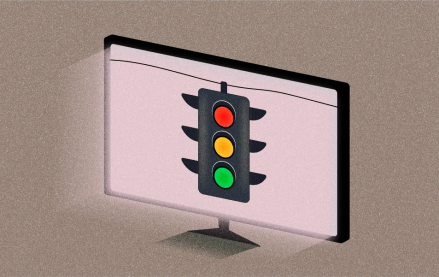With header bidding, publishers are boosting CPMs by as much as 50 percent

Ad tech acolytes are hyping header bidding as a way for publishers to make more money while also sticking it to Google. Publishers are buying into that hype.
Header bidding is a way for publishers to sell their ad inventory to direct and programmatic advertisers alike at the same time in a single unified auction instead of in a fragmented fashion. The idea is that giving every buyer an equal chance to bid on the same inventory at the same time leads to greater competition between bidders and more ad revenue for publishers.
At Graphiq, a collection of search engines for specific verticals including health care and careers, header bidding has helped boost CPMs by nearly 40 percent. The tactic has “completely changed” the way that Graphiq monetizes its indirectly sold inventory and its ad tech stack, according to Cory Wheeler, Graphiq’s programmatic lead.
“It’s a really big deal for us. It’s very simple: Whoever bids the highest wins the impression, so it puts the burden of optimization on the buy side rather than on the publisher,” he said. In other words: Header bidding is killing the waterfall, a tactic publishers use to maximize the price of their inventory across buyers.
Other publishers have seen similar results. Slader, a homework help site, for example, has seen a 20 to 50 percent lift in CPMs since adopting header bidding last year. At StudyBreak Media, which runs education sites including Easybib.com and CitationMachine.net, header bidding accounts for between 25 and 30 percent of its total revenue.
“Header-bidding enables a more competitive, more dynamic programmatic ad stack. That’s an improved solution, not hype,” said Emry Downinghall, StudyBreak Media’s director of growth and yield operations.
Ad tech companies also see opportunity in header bidding. AppNexus (Prebid.js), Index Exchange, Yieldbot (Pubfood.js) and many others have all introduced their own header bidding tech, particularly over the last year. Publisher adoption has spiked in recent months as word has spread about header bidding’s efficacy.
But some publishers also see header bidding as a way to compete against Google, which, between DoubleClick for Publishers (DFP) and its ad exchange AdX, has a chokehold over publishers’ advertising stacks. With header bidding, publishers can bypass the favorable relationship between DFP and AdX, forcing AdX to compete directly with third parties for inventory. Google is already feeling the heat, as evidenced by its move last month to create its own header-bidding technology, called First Look.
“Most publishers now are beholden to DFP, but with this, they’re able to create all these new relationships with other partners,” said Matthew Goldstein, chief consultant at MSG Inc., which helps publishers develop digital advertising strategies. “As a publisher in the war against Facebook and Google, I’m going to want to get as much data and have as much control over everything I can.”
More in Media

What publishers are wishing for this holiday season: End AI scraping and determine AI-powered audience value
Publishers want a fair, structured, regulated AI environment and they also want to define what the next decade of audience metrics looks like.

Media giant Essence launches a marketplace for Black women-led brands
Essence has launched WeLoveUs.shop, a new online marketplace dedicated to Black women-led brands.

In Graphic Detail: The state of AI referral traffic in 2025
The stats reveal a new audience pipeline forming outside of traditional search and social platforms.





